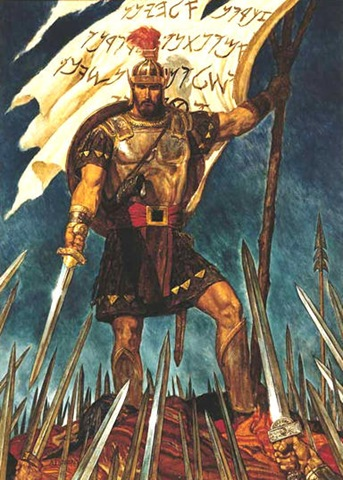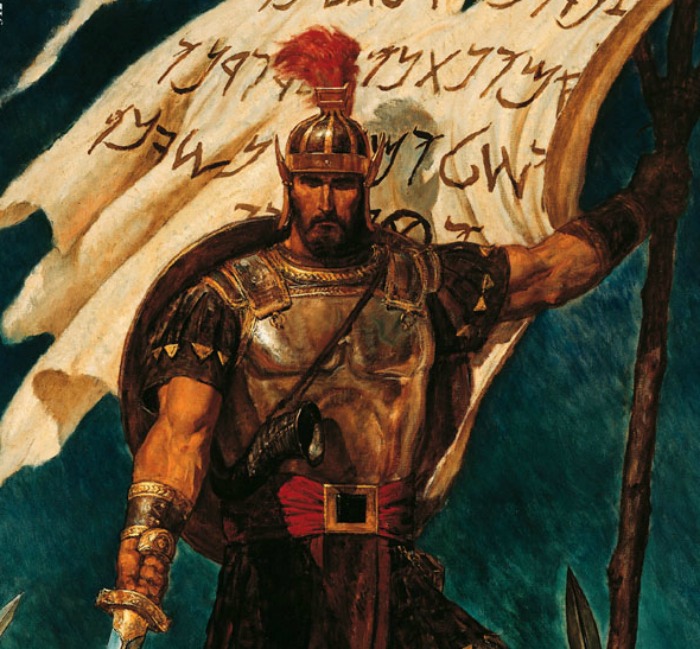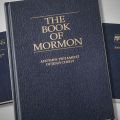Hi Gramps,
It mentions that the Gadianton Robbers will be the eventual down fall of the Nephite people, I understand that. My question is in verse 13. I believe this is Mormon talking who says that “in the end of this book” then in verse 14 it says not in the book of Helaman but in the book of Nephi. What does that mean? Which Nephi are they refering to and which book, 4th Nephi maybe?
Thanks
Hans
_____________
Dear Hans,
Helaman 2:
13 And behold, in the end of this book ye shall see that this Gadianton did prove the overthrow, yea, almost the entire destruction of the people of Nephi.
14 Behold I do not mean the end of the book of Helaman, but I mean the end of the book of Nephi, from which I have taken all the account which I have written.
As you know, Nephi made 2 records, the “Small Plates of Nephi” and the “Large Plates of Nephi.” The Small Plates were passed to his brother, Jacob, while the Large Plates were passed to the next king that Nephi ordained for the people (Jacob 1). The Small Plates were passed from Jacob down to Amaleki (Omni 1:25). Amaleki gave them to king Benjamin and he put them with the Large Plates of Nephi (Words of Mormon 1:10).
At that point the record was kept on the Large Plates of Nephi. They were passed from that point down to Mormon. Mormon took it upon himself to abridge the entire record contained on the Large Plates of Nephi (from Lehi to 4th Nephi). As he was abridging the history of his people, which he knew the greater parts of, he knew the Gadianton robbers and murderers were responsible for the ultimate destruction of the Nephites. He knew that because he lived at the end of their history, and had first hand knowledge of why his people were being destroyed.
 All you are seeing in this verse is Mormon’s comment that the Gadianton robbers would be responsible for the ultimate destruction of their people. Since he is abridging the entire history contained on the Large Plates of Nephi, he mentions that he is speaking of the book of Nephi, which is the name of the plates or book he is abridging. It is a clarification because the previous verse could be taken to mean the end of the Book of Helaman as well. Since it is not easy to erase what has been written on metal, he simply adds a verse of clarification. He is telling us that he is referring to the end of the Large Plates (or book) of Nephi in general, and that he wasn’t speaking specifically about the end of the Book of Helaman contained within the Large Plates of Nephi.
All you are seeing in this verse is Mormon’s comment that the Gadianton robbers would be responsible for the ultimate destruction of their people. Since he is abridging the entire history contained on the Large Plates of Nephi, he mentions that he is speaking of the book of Nephi, which is the name of the plates or book he is abridging. It is a clarification because the previous verse could be taken to mean the end of the Book of Helaman as well. Since it is not easy to erase what has been written on metal, he simply adds a verse of clarification. He is telling us that he is referring to the end of the Large Plates (or book) of Nephi in general, and that he wasn’t speaking specifically about the end of the Book of Helaman contained within the Large Plates of Nephi.
Gramps







